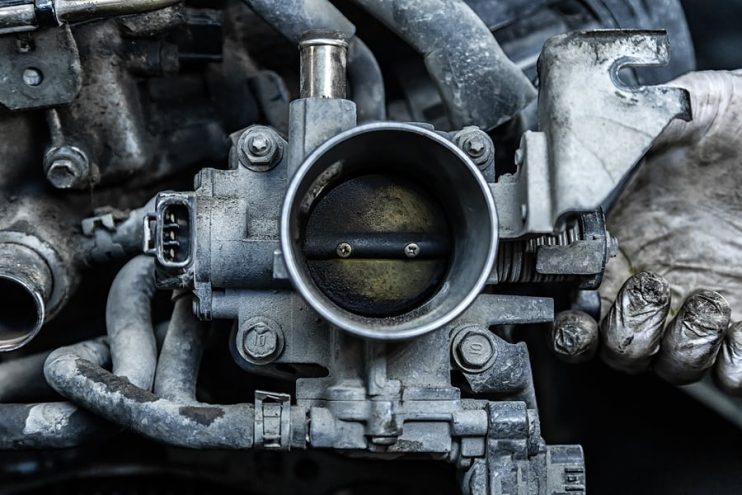
In modern fuel injected cars, the throttle body is an essential part of the air intake system, controlling the flow of air into the engine, which is used to effectively combust fuel in the pistons. Getting the right amount of air is vital. Too much air or too little air can make your engine run lean.
When the throttle body is working correctly, it is synchronized with the fuel intake and the accelerator pedal. Put the pedal down and the flow of fuel is increased into the engine and the throttle body pulls in extra air to aid combustion, allowing your vehicle to perform at the best level and run smoothly.
When the throttle body is dirty, clogged up or malfunctioning this stops the flow of air into the engine, which not only causes problems with performance, but can cause issues with unburned fuel passing through the exhaust system. Watch out for the following symptoms that serve as warning signs of dirt in the system, allowing you to identify this condition before it becomes irreparable.
So What Are the Symptoms of a Dirty Throttle Body?
Grime Build Up
As you would expect one of the main reasons why the throttle body needs cleaning is due to the accumulation of dirt and grime within the part, which is also known as coking. This creates a rough surface, disturbing the air-fuel flow and diminishing the effectiveness of your engine. Carbon deposits cause a similar problem by generating an uneven surface inside the part.
Poor Fuel Economy
Check your fuel economy. Put a full tank of fuel into your car and make a note of the miles travelled on your gauge. Run the car till there’s no more fuel left and work out your average miles per gallon. If this is significantly out by more than 10-15% then the chances are you have a clogged throttle body that’s impacting your car’s performance.
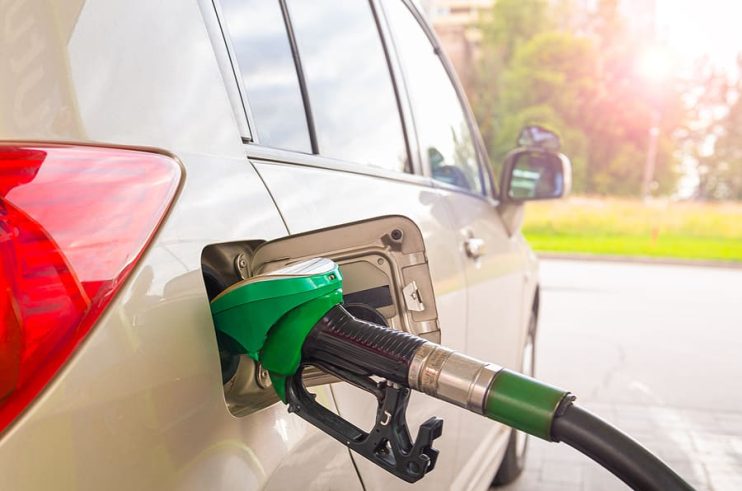
Poor or High Idle
When your throttle body is operating below its normal effectiveness, one of the tell-tale signs is a poor or low idle. This includes stalling after coming to a stop, a low idle after starting, or stalling when the throttle is pressed down rapidly. Dirt causes airflow into the system to be turbulent and leads to a fluctuating idle speed.
Uneven or Slow Acceleration
As you push down the accelerator pedal, this increases the flow of air and petrol into the engine. If there’s any dirt or coking on the throttle body this will prevent the car from picking up the power it needs from combustion. What does this feel like behind the wheel? It may be that the car takes longer to get going than usual or the speed picks up in irregular bursts.
Electrical Problems
With so many of a modern car’s systems now being reliant on computer connections and controls, electronic wiring now serves as its nervous system. If the throttle body’s electronic sensor is covered in dirt or grime this will result in faulty or unnecessary corrections to the air-fuel mixture, which could put the car into a secondary power reduced mode until it gets seen by a service mechanic.
Airflow Disruptions
Build ups of dirt and grime can cause airflow and pressure problems in the throttle body or the issue could be an incorrectly adjusted throttle stop, which is also part of the air intake system. Uneven airflow will cause pressure problems in the system, which again could lead to poor performance and acceleration.
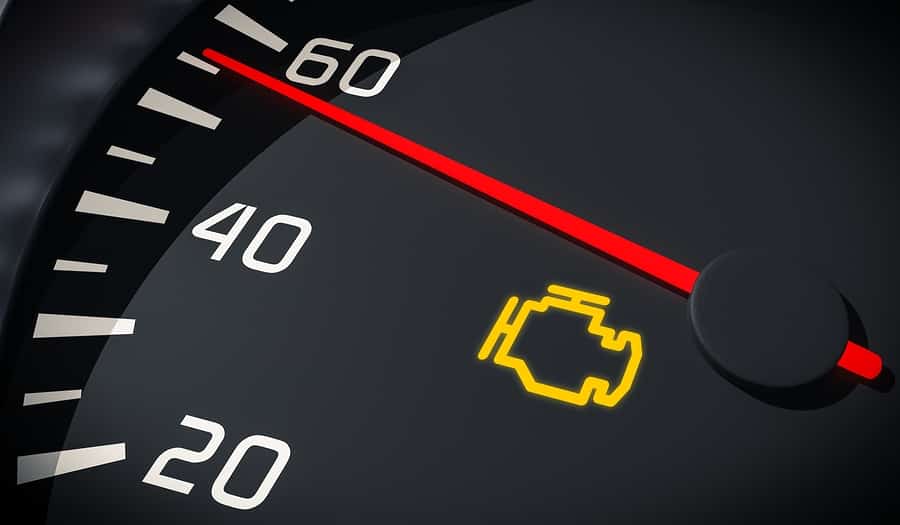
Check Engine Light
If the throttle body’s performance is not up to the required level this will alert the electronic throttle control, which in turn illuminates the check engine light on your dashboard. As there are a number of reasons why this could light up, it’s best to do some manual checks yourself to see if there’s dirt or carbon around the part.
How to Resolve Any Problems…
If you’re experiencing any of the problems on this list, the first place to start is looking at the throttle body housing. Any excess dirt or grime on the inner housing walls is a clear sign that you have problems with this system and the first place to start is with a thorough clean up.
Start with your owner’s manual as you’ll need to know if your throttle body is mechanically or electronically controlled before your commence with the cleaning process. If it’s a mechanically operated system you may be able to clean it yourself, but with the electronically operated systems you are better off getting a certified mechanic to perform an inspection.
If that doesn’t fix the problem then you’re probably looking at a new or used replacement throttle body.

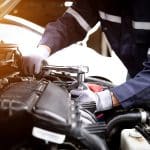
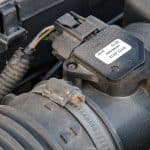
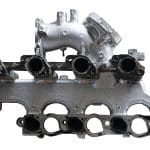

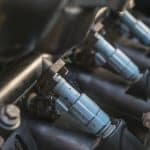
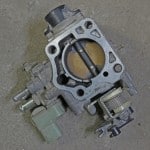
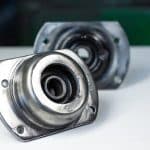
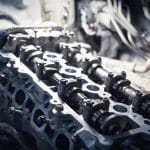
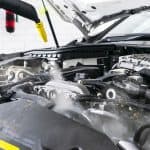
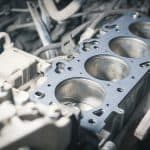
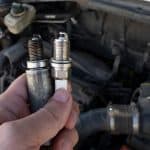
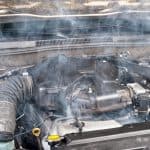
.png)